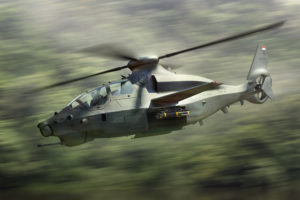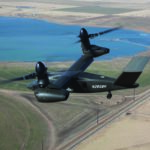
Bell [TXT] has revealed the design its offering for the Army’s Future Attack Reconnaissance Aircraft (FARA) program, pitching the Bell 360 Invictus aircraft as the “most affordable, most sustainable and lowest risk” solution outfitted with next-generation helicopter capabilities. At a recent briefing with reporters, Bell officials said Invictus is headed toward an air vehicle critical design review in 2020 with plans for a first flight test in late 2022, as the company moves ahead as one of five competitors working…

 By
By 











